
Bringing human rights content into the national education system. Illustration photo
Since 2017, the Prime Minister has approved the Project to integrate human rights content into the education program in the national education system for the period 2017 - 2025. According to the approved plan, by 2025, 100% of educational institutions in the national education system will organize human rights education for learners. Therefore, the Ministry of Education and Training has been actively and diligently coordinating with localities and schools to integrate this content into the subject program, suitable for each level of education, contributing to strengthening the practice of rights in schools, preventing school violence and discrimination, and violations of human dignity.
Issue educational content framework at each level of education
For many years, human rights content has been included in the educational programs of a number of subjects such as Ethics, Civic Education, through lessons in the legal education stream. However, these contents are not systematic, consistent, and do not fully include values, principles, and standards. In addition, documents and teaching and learning materials on human rights at training institutions in the national education system, especially integrated guidance documents, are still lacking, affecting the quality and effectiveness of education.
At the end of 2022, the Ministry of Education and Training issued an educational content framework, compiled guidance documents, and provided training on teaching human rights at primary, secondary, and high school levels.
Director of the Department of Primary Education Thai Van Tai said: The 2018 general education program is built with the orientation of developing students' qualities and abilities to create a learning and training environment to help students be physically and mentally harmonious, becoming active and confident learners. This orientation is consistent with the construction and integration of human rights education for students in all subjects.
Up to now, at the primary level, the new general education program has been implemented up to grade 4. The organization of education on children's rights has been upgraded to human rights. In particular, contents such as creating equal opportunities for students' rights to be cared for, protected, learned and developed, the right to be listened to, respected and participated have been focused on by teachers through many different solutions to help students fully develop their qualities and abilities.
According to Mr. Thai Van Tai, schools can develop plans to organize human rights education content in the education plan in proactive and flexible ways such as organizing separate study hours for each topic or integrating it into cultural activities, club activities, competitions, etc.; organizing integration and integration into subjects in the general education program.
Regarding the orientation of implementing human rights content in the curriculum and educational activities at the secondary level, Deputy Director of the Department of Secondary Education Do Duc Que shared: Human rights education in the curriculum and educational activities is to empower learners, so that students can recognize the social issues they are facing in school and in society, have attitudes, behaviors and ways to resolve conflicts and contradictions on the basis of human rights. Empowerment education is the best way to resolve conflicts between students and students, students and teachers in the school environment, in a peaceful , friendly, understanding, tolerant direction, minimizing the risks of conflicts and contradictions.
The Deputy Director of the Department of Secondary Education emphasized the need to ensure unity, uniformity and comprehensiveness in human rights education when implementing teaching and educational activities. In particular, attention should be paid to factors such as psychological characteristics, gender, age, learning ability, regional culture as well as religious beliefs of students in designing and developing learning activities. The inclusion of human rights content in the secondary education program must promote the spirit of autonomy, positivity and creativity of teachers; avoid stereotypes and mechanical methods when integrating and incorporating this content into lessons and educational activities of the subject.
Raising awareness of teachers and students
To effectively integrate human rights into the curriculum and educational activities, the agencies participating in the Project have so far completed a large number of tasks through various activities. The Project's activities have been included in reports on the implementation of human rights in Vietnam, such as the Universal Periodic Review Report as well as in human rights dialogues between Vietnam and other international and national organizations, contributing positively to the dialogue on human rights between the Vietnamese Government and other countries and international organizations...
Localities have been organizing many training courses for management staff and key teachers. Through the training, staff and teachers have been informed about human rights, civil rights, children's rights, especially the difference between human rights and civil rights. In particular, children's rights such as: the right to life, the right to protection, the right to education, the right to express opinions are emphasized. Teachers are also trained in the practice of creating integrated illustrative lessons on human rights for students at all levels.
Ms. Tran Thi Xuan Ha, Vice Principal of My Van High School (Tam Nong, Phu Tho) shared: Human rights education for high school students is of special importance in the context of fundamental and comprehensive innovation in education and training. This has been done by schools for a long time, through integrating the content of popularizing school regulations; duties and powers of high school students in schools so that they can understand and comply during the learning process.
However, according to Ms. Xuan Ha, high school students’ grasp of human rights knowledge is still limited. They lack the skills to apply human rights and human rights laws in real life. Therefore, when faced with situations of violation, students do not have the ability to protect themselves or speak up to protect themselves and others.
A representative of the Ho Chi Minh City Department of Education and Training said: During the implementation process, in addition to integrating and cleverly incorporating human rights content into class hours, teachers also set an example for students to follow. Teachers incorporate open-ended questions into educational activities to help students acquire basic knowledge about human rights.
Many schools also organize communication on related topics for students to study, learn and experience through flag-raising activities and thematic activities; in which, focusing on children's rights, the right to live safely, educating students on preventing and combating domestic violence, combating abuse, etc.
In Bac Giang, to assess the current status of human rights teaching in the educational program, the provincial Department of Education and Training organized professional meetings to grasp the advantages and difficulties, thereby proposing solutions to effectively implement the teaching of human rights content.
In the long term, the inclusion of human rights content in the national education system's curriculum should aim to form a culture of respect for the law as well as help each Vietnamese citizen realize their rights and responsibilities towards the country and society.
Source



![[Photo] Prime Minister Pham Minh Chinh chairs the conference to review the 2024-2025 school year and deploy tasks for the 2025-2026 school year.](https://vstatic.vietnam.vn/vietnam/resource/IMAGE/2025/8/22/2ca5ed79ce6a46a1ac7706a42cefafae)
![[Photo] President Luong Cuong attends special political-artistic television show "Golden Opportunity"](https://vstatic.vietnam.vn/vietnam/resource/IMAGE/2025/8/22/44ca13c28fa7476796f9aa3618ff74c4)
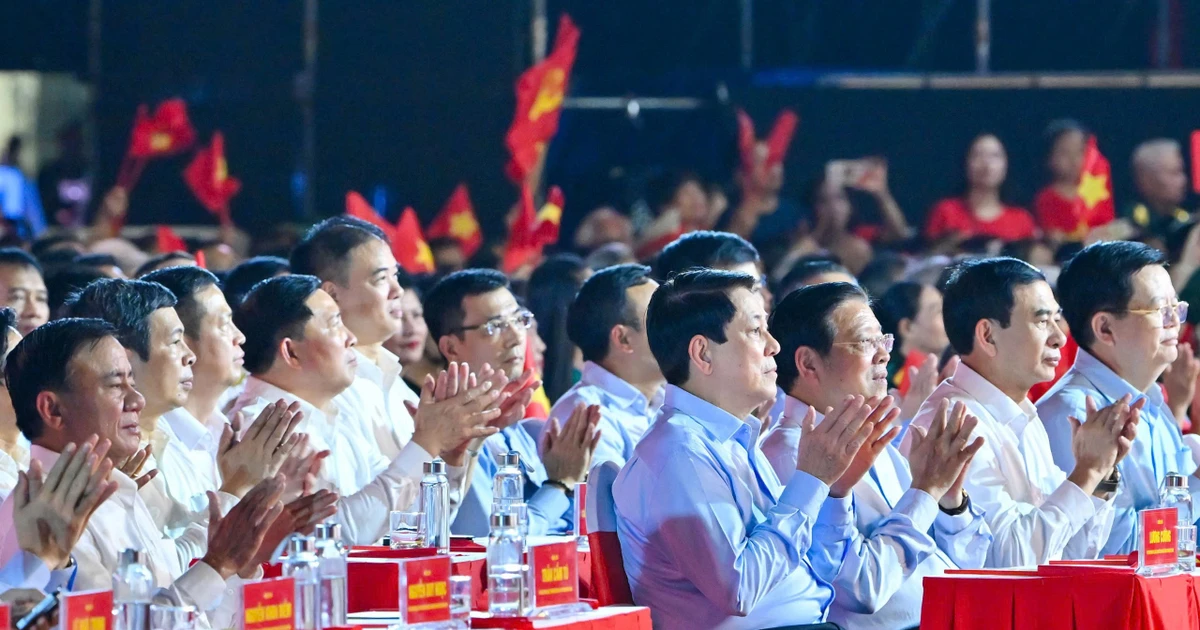

![[Photo] President Luong Cuong receives delegation of the Youth Committee of the Liberal Democratic Party of Japan](https://vstatic.vietnam.vn/vietnam/resource/IMAGE/2025/8/22/2632d7f5cf4f4a8e90ce5f5e1989194a)

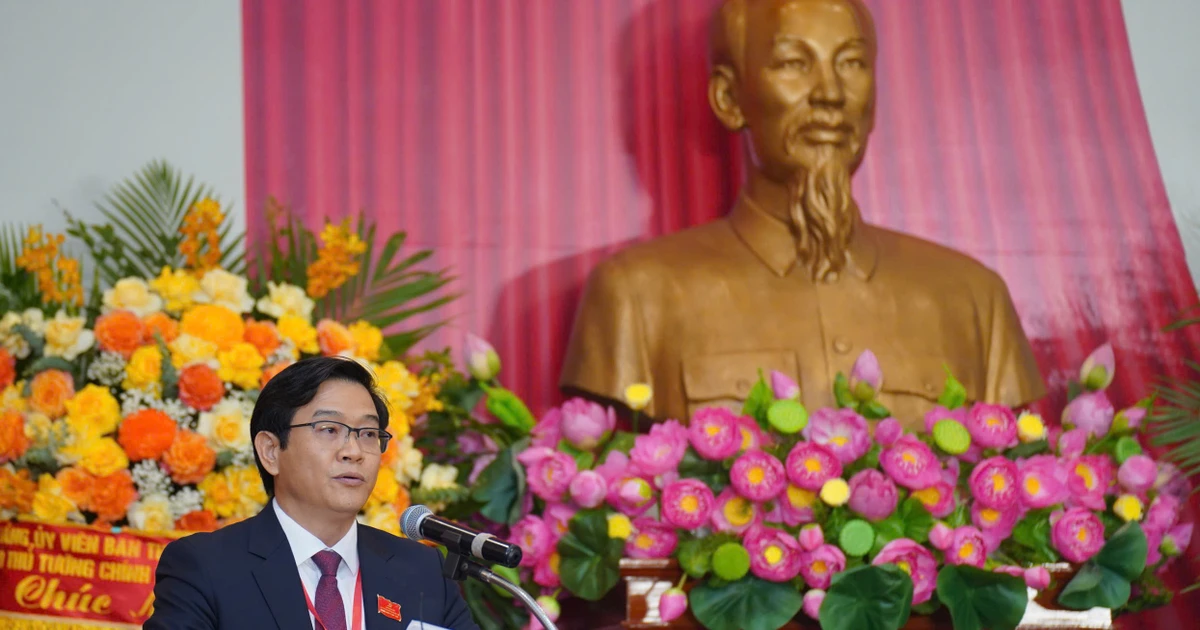



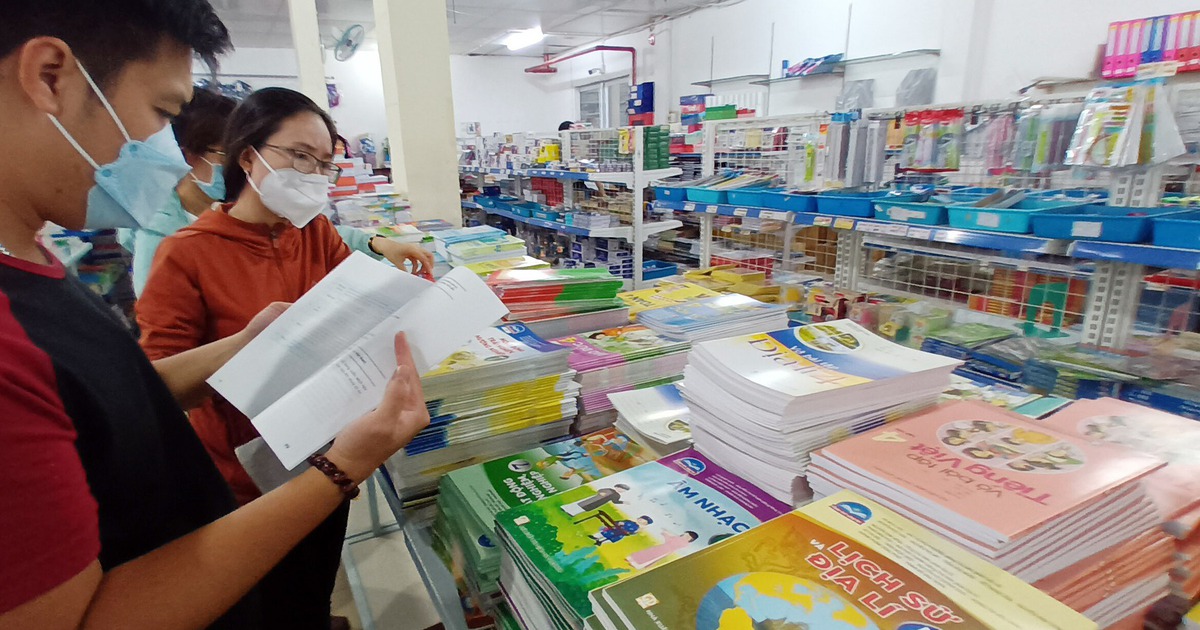

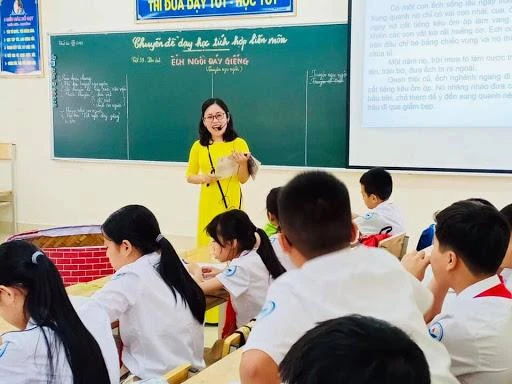
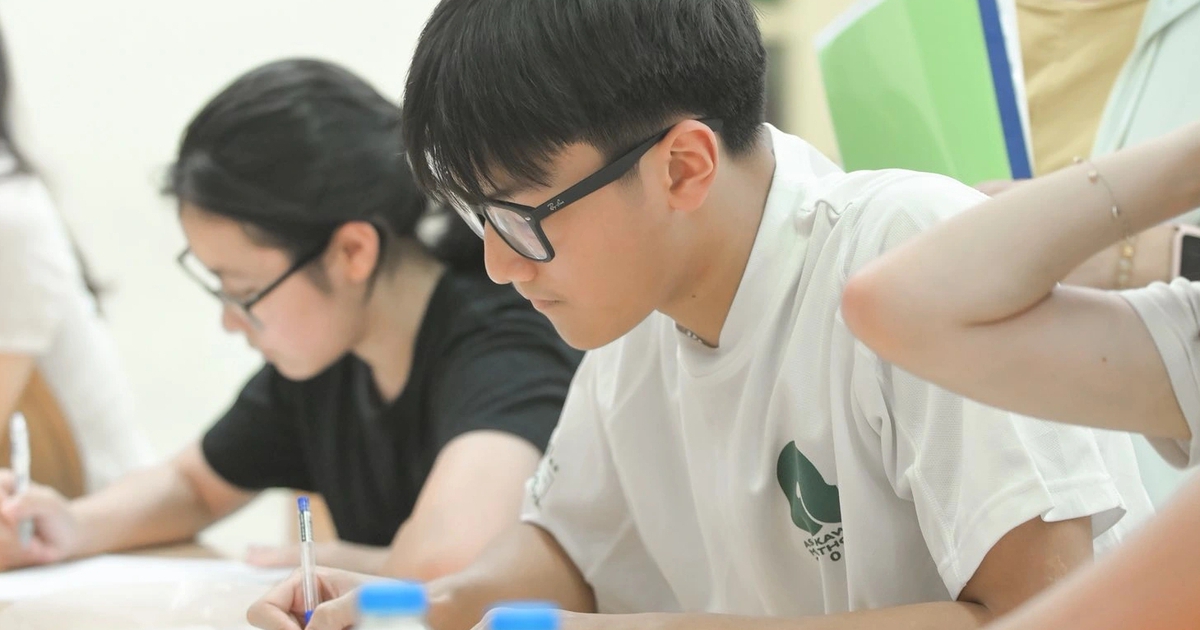




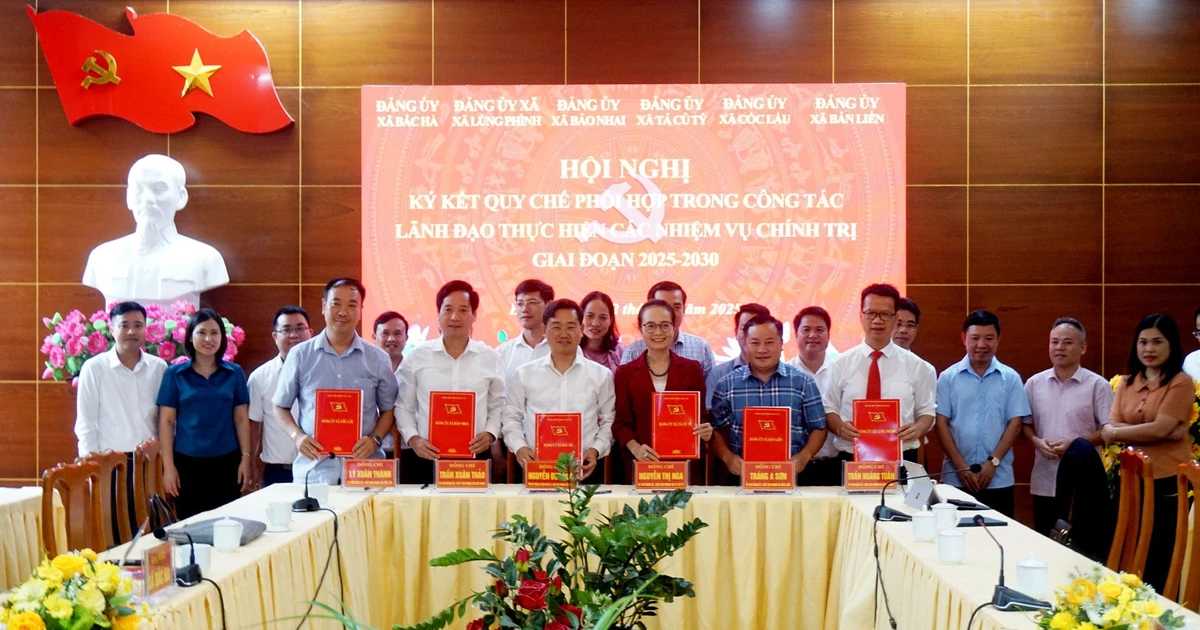
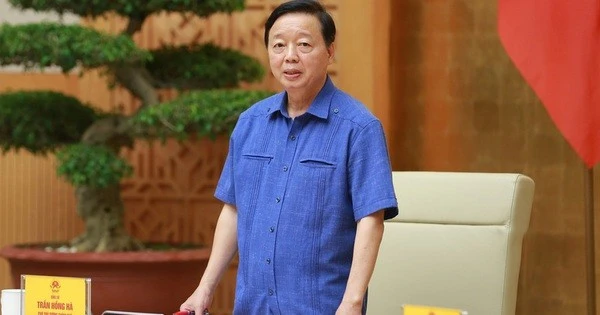
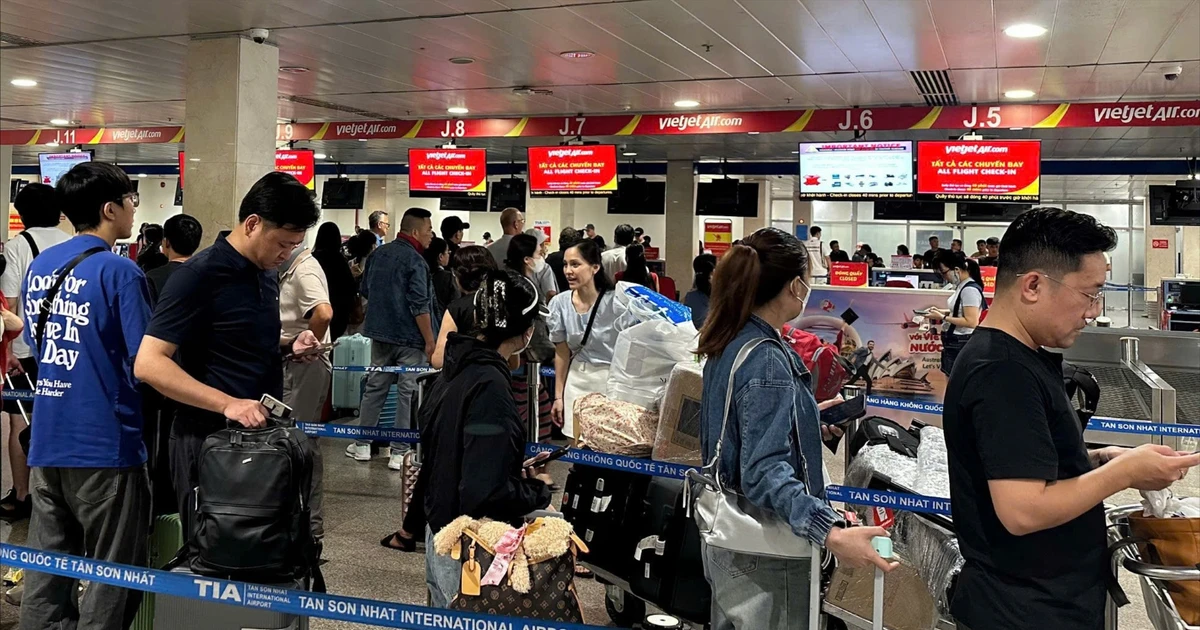
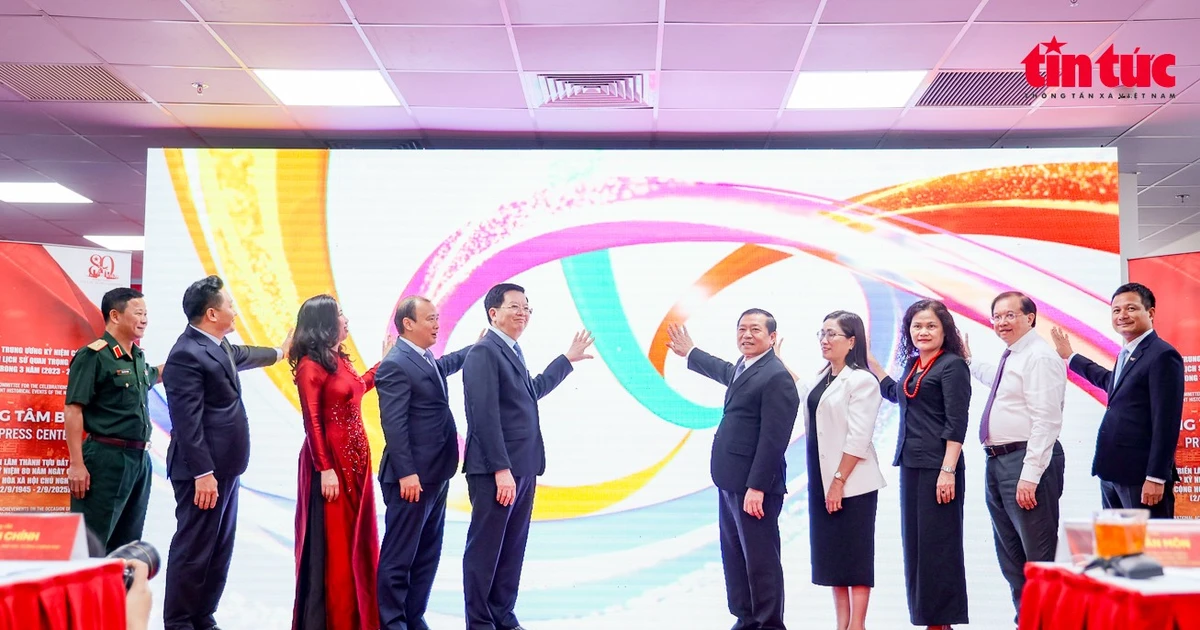
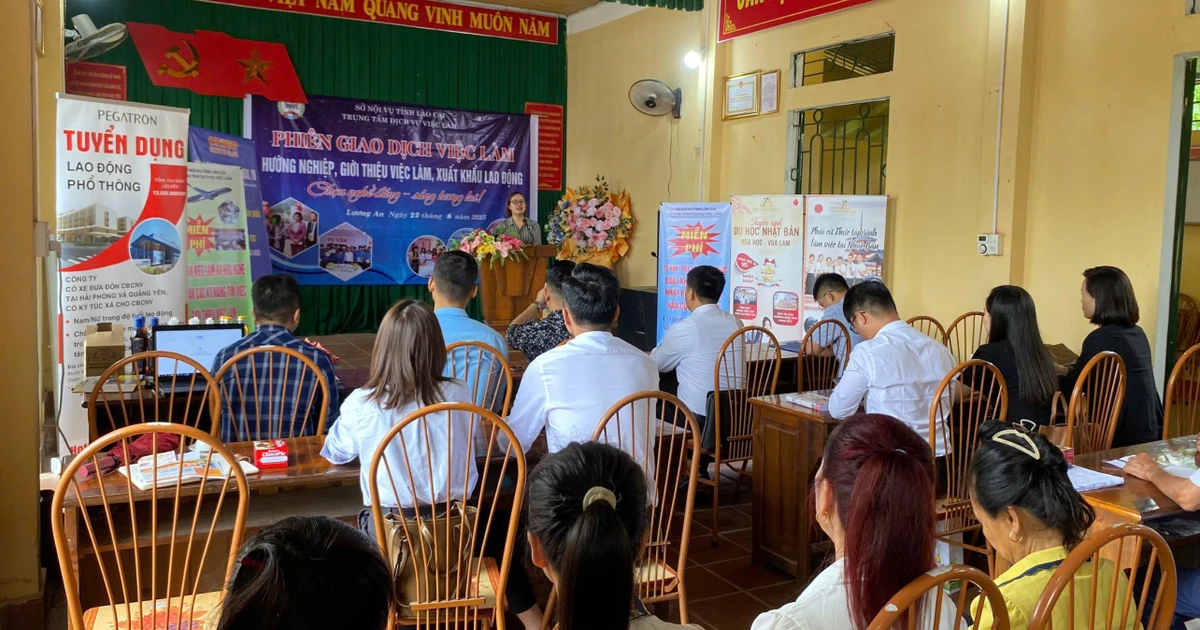




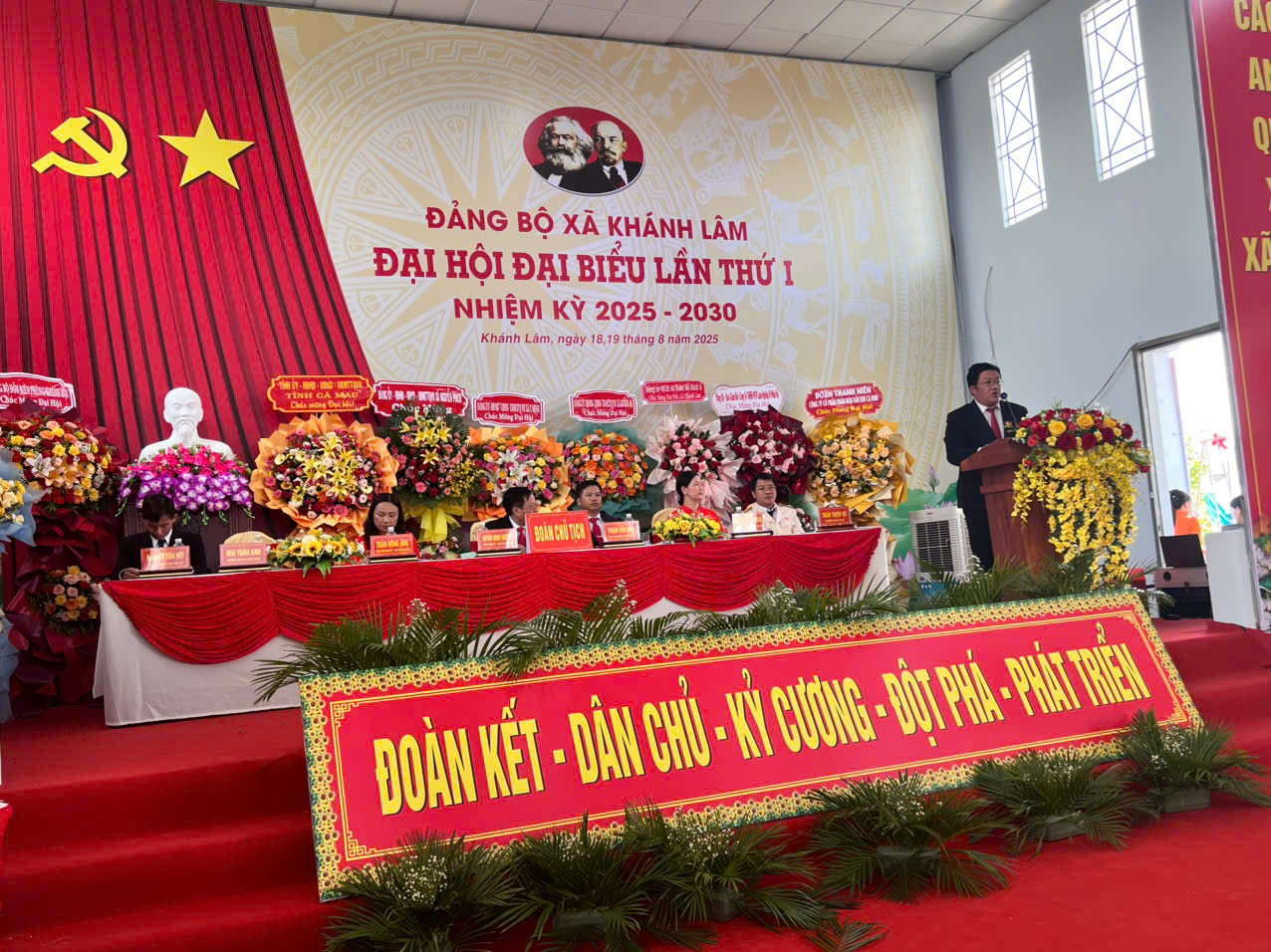
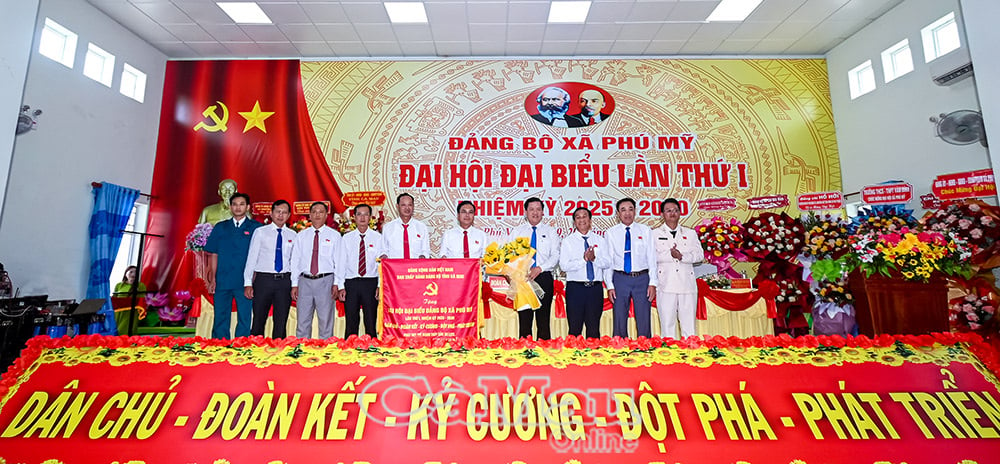
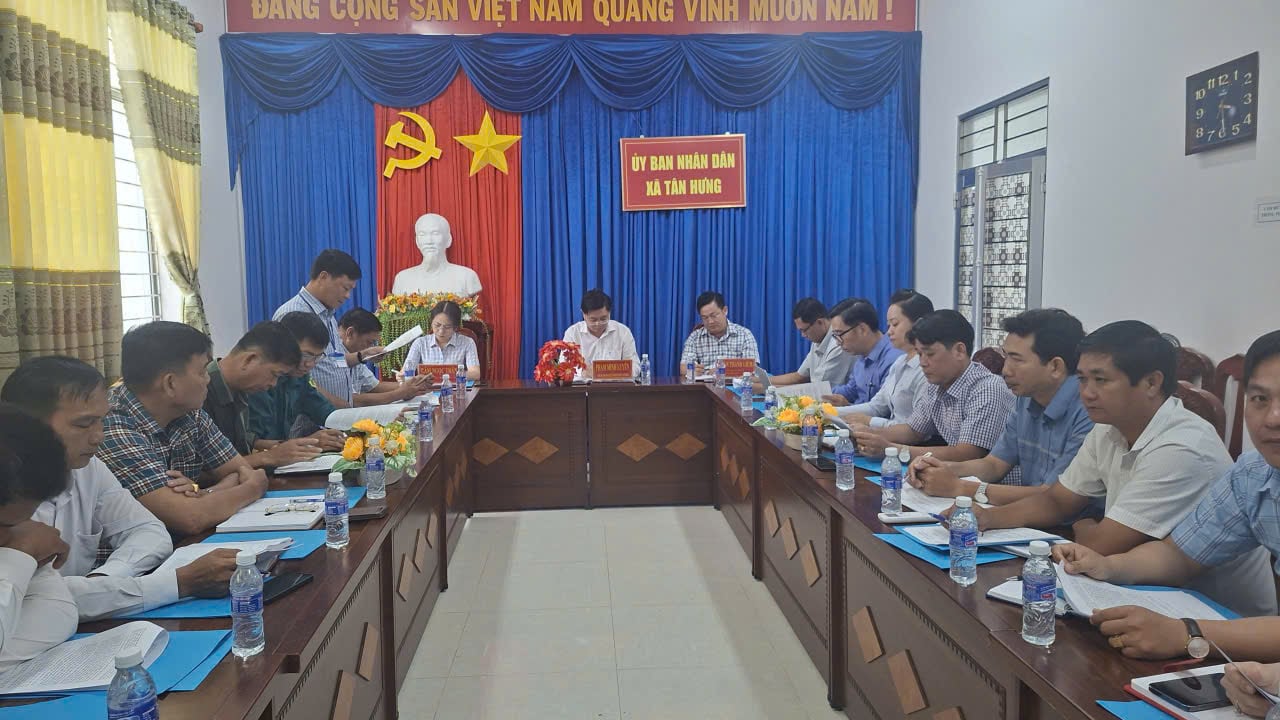
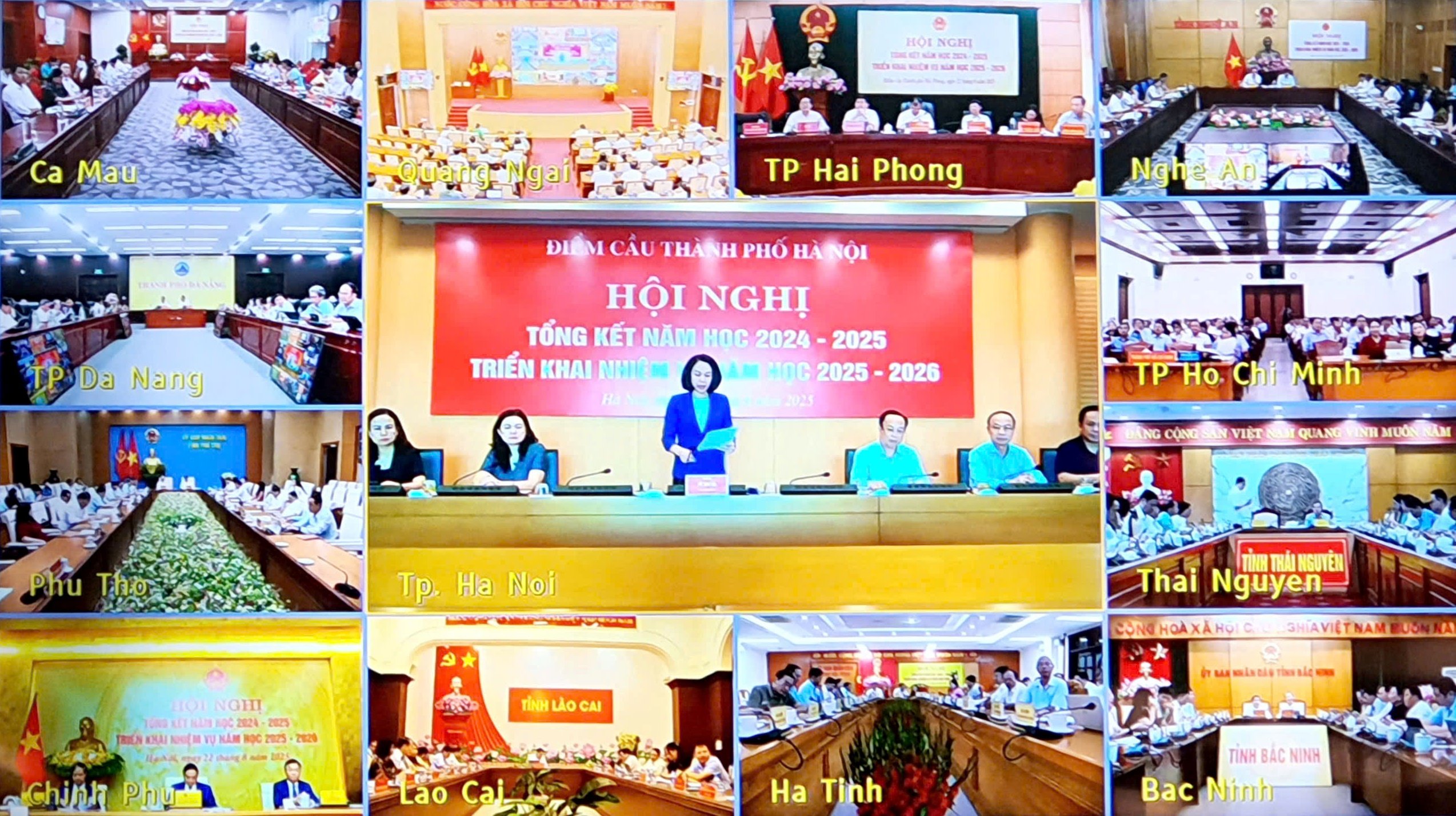
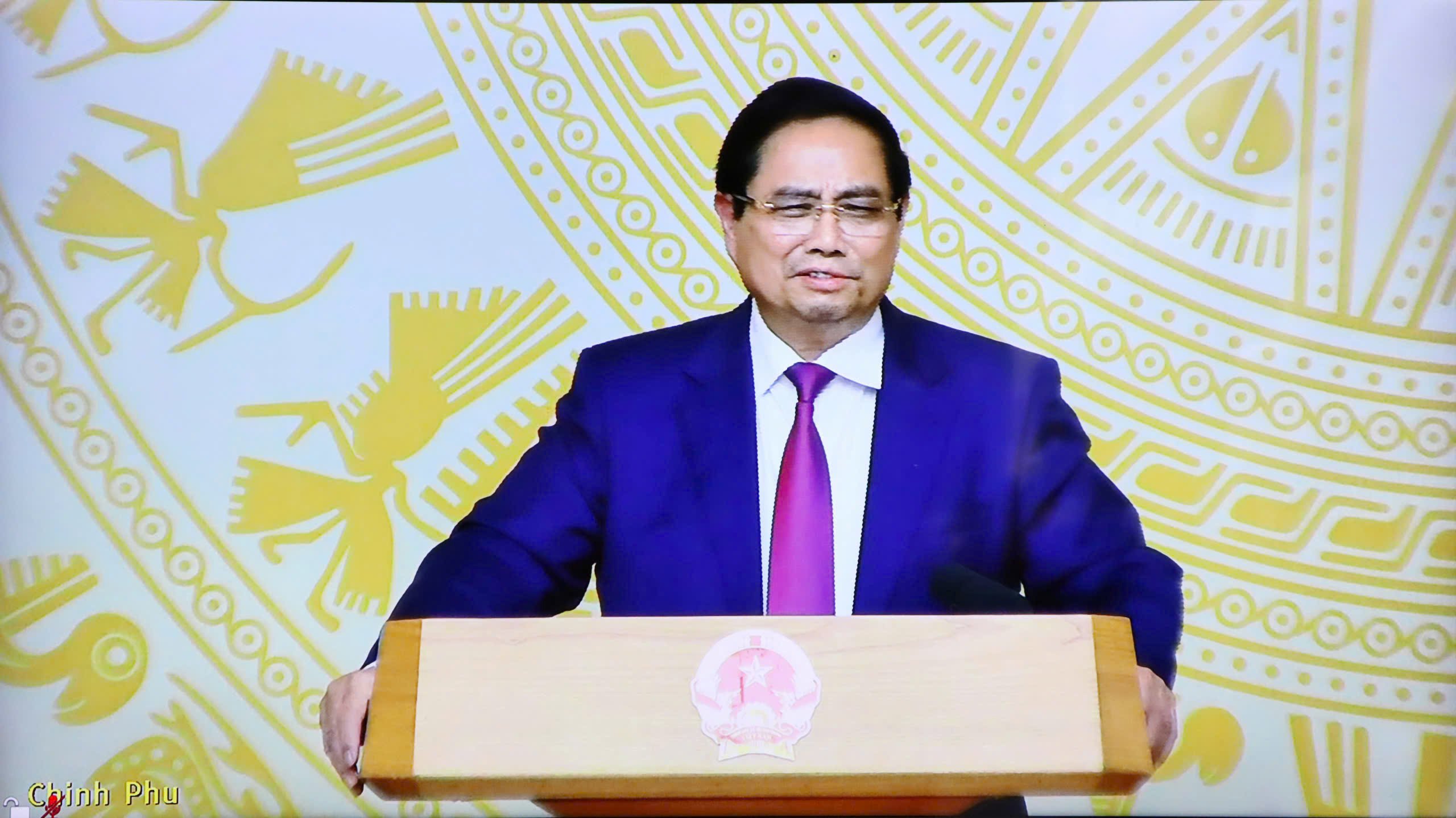
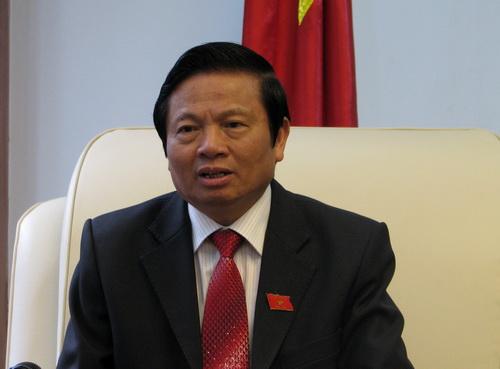

























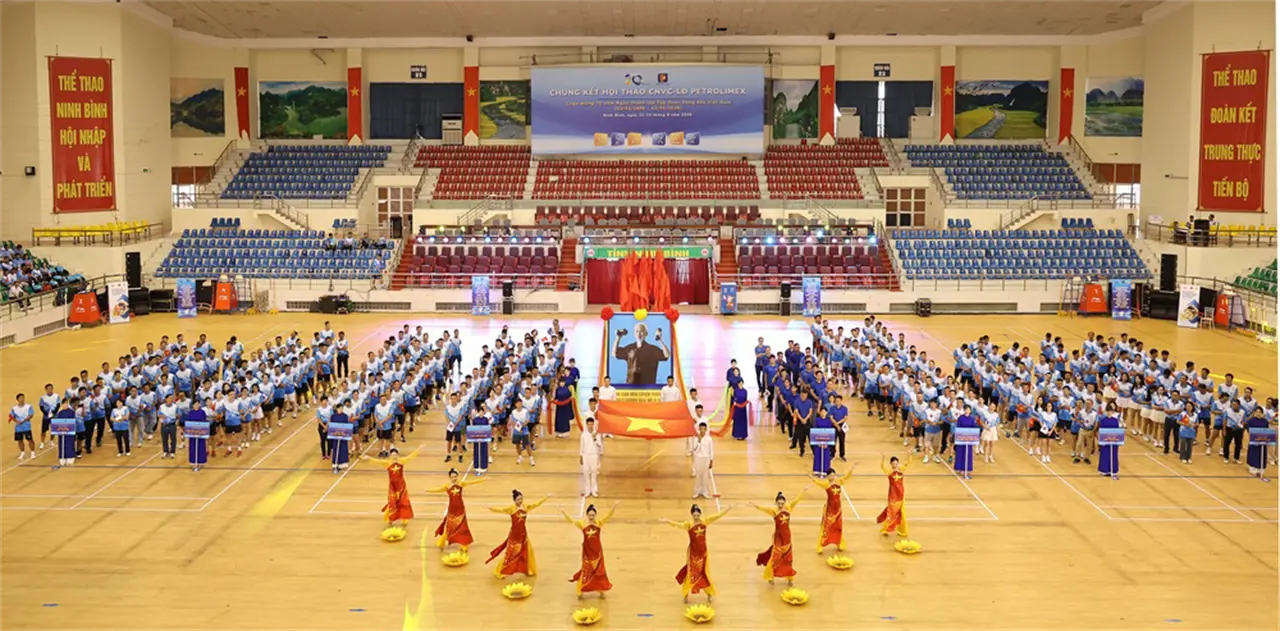







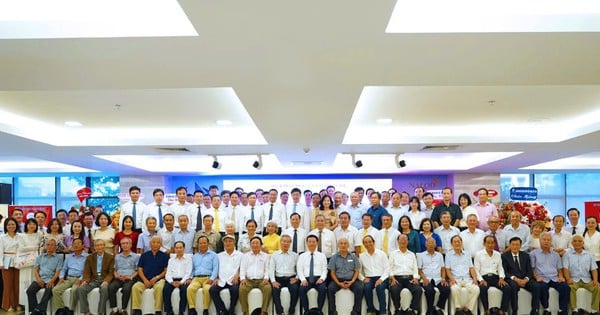

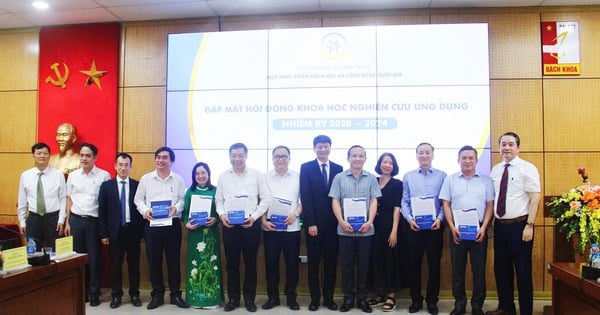
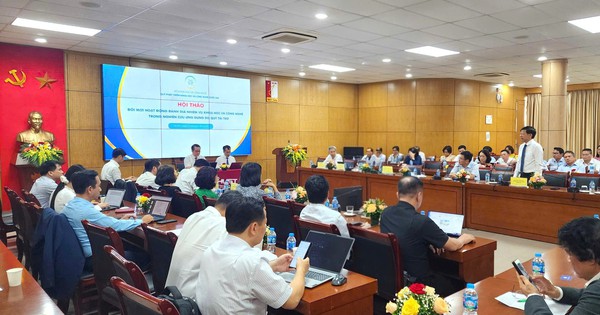


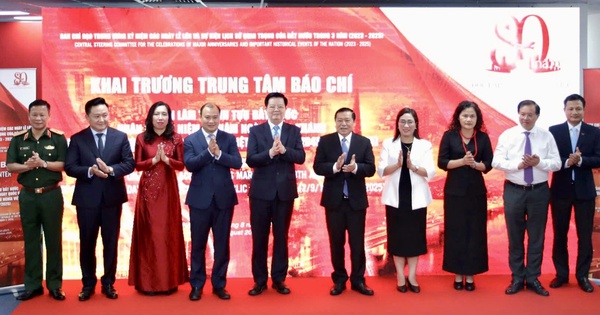


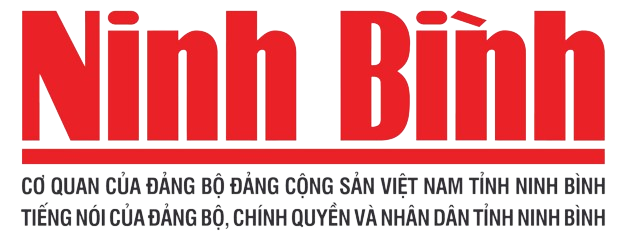


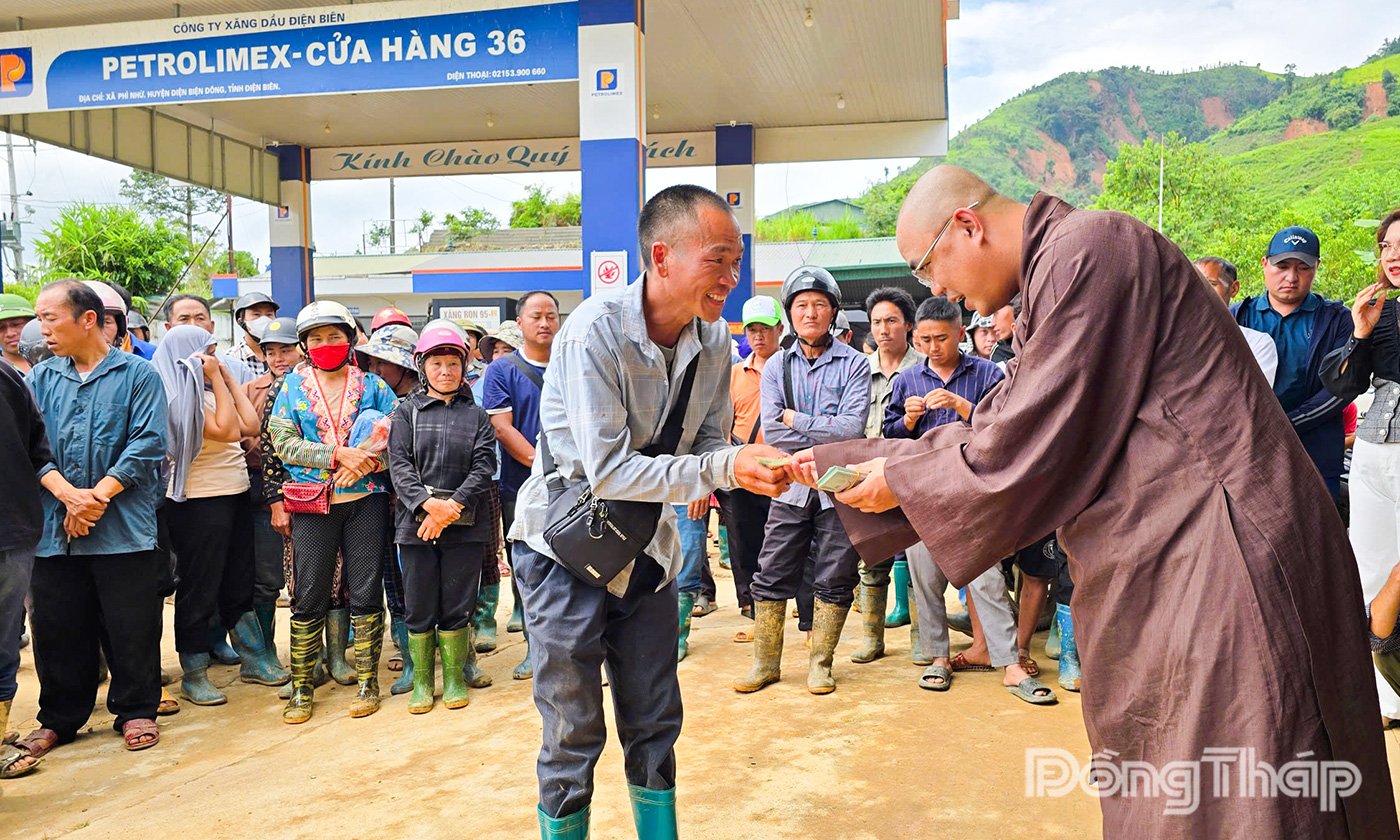
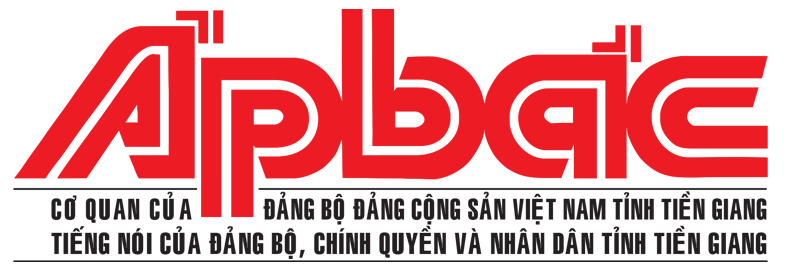


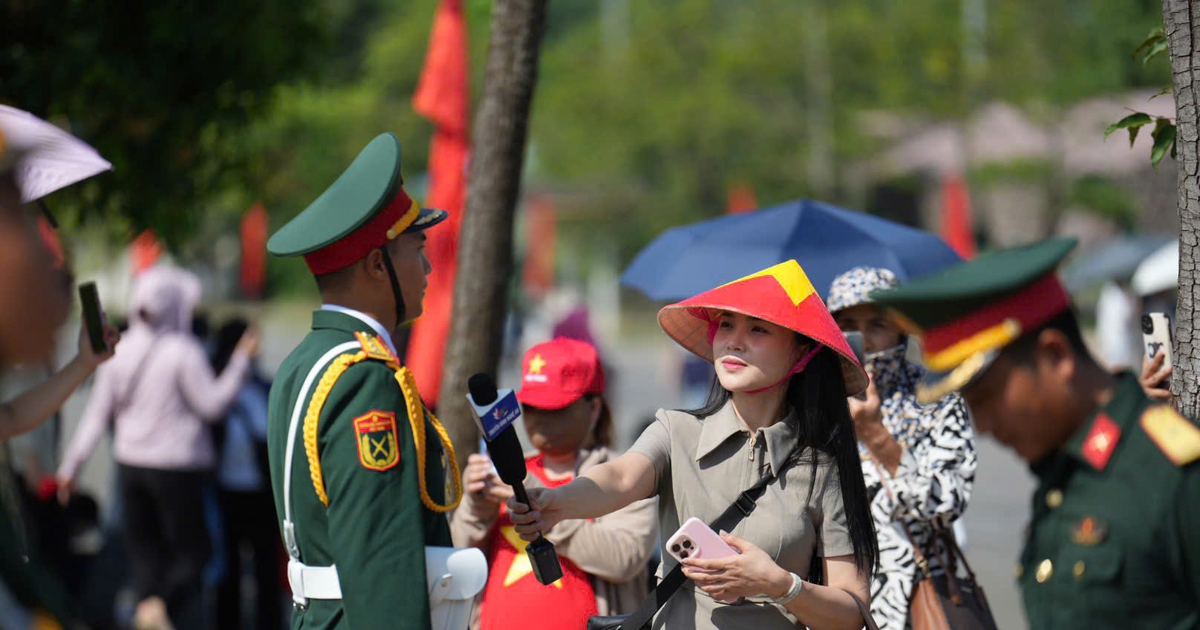

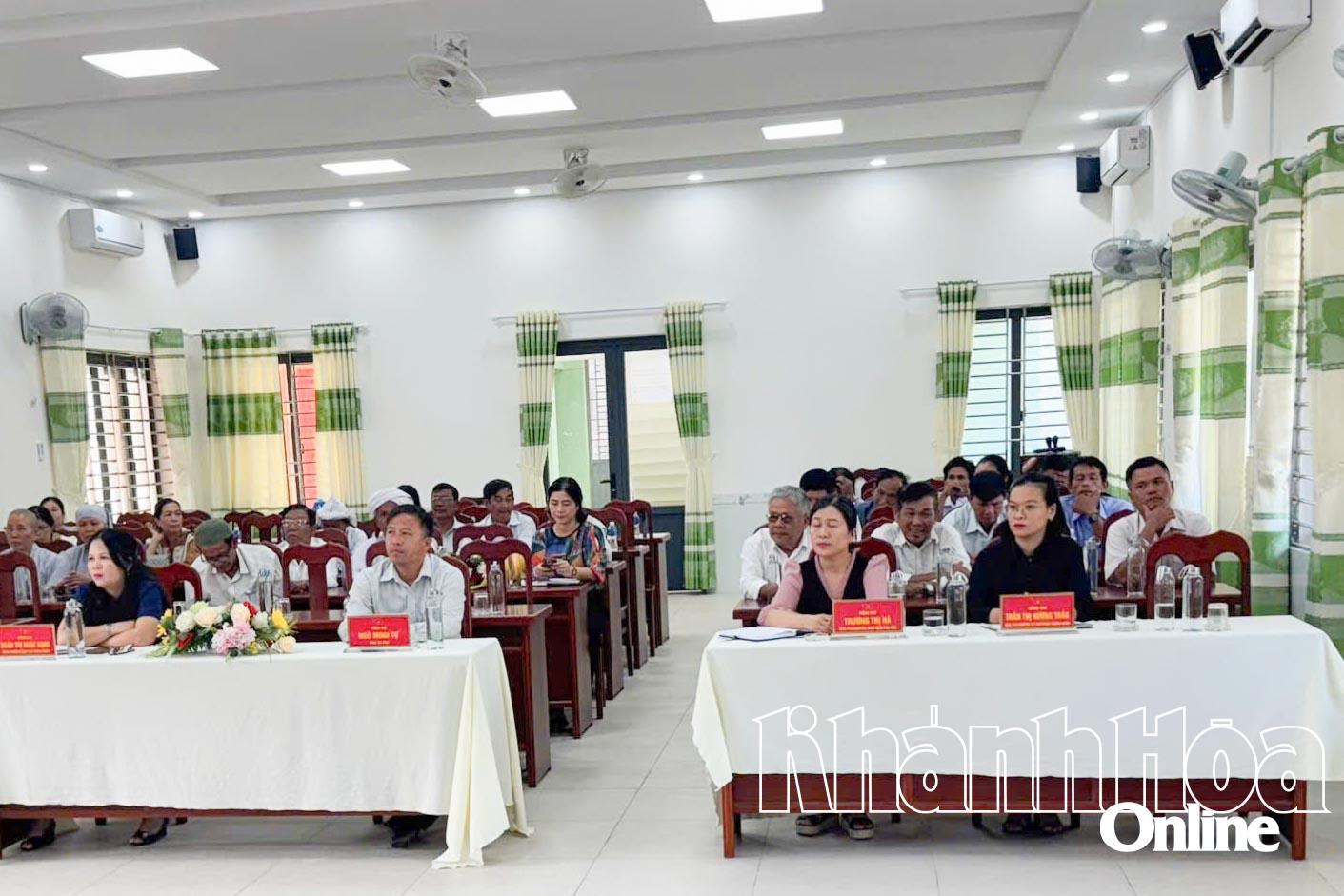















Comment (0)